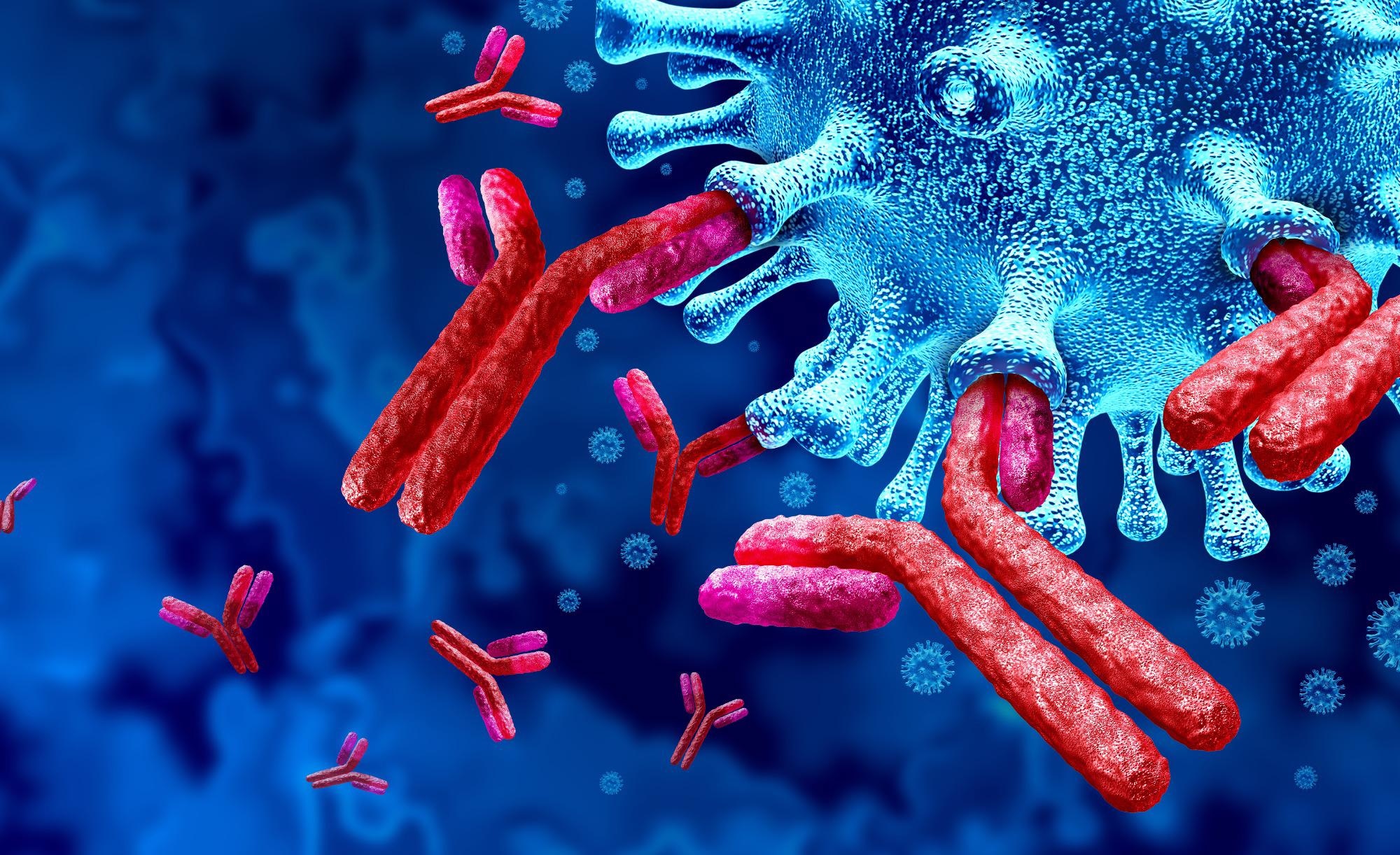In a recent study published in the Cell Host and Microbe journal, researchers examined the neutralization of severe acute respiratory syndrome coronavirus 2 (SARS-CoV-2) Omicron BA.1, BA.1.1, and BA.2 sublineages.
Various studies have reported a reduction in coronavirus disease 2019 (COVID-19) vaccine efficacy over time. Moreover, the emergence of the SARS-CoV-2 Omicron variant has led to a remarkable rise in the number of breakthrough infections.
 Study: Neutralization of SARS-CoV-2 Omicron Sub-lineages BA.1, BA.1.1, and BA.2. Image Credit: Lightspring / Shutterstock
Study: Neutralization of SARS-CoV-2 Omicron Sub-lineages BA.1, BA.1.1, and BA.2. Image Credit: Lightspring / Shutterstock
About the study
In the present study, the researchers assessed the neutralizing antibodies (nAbs) produced against SARS-CoV-2 in health care workers (HCWs) vaccinated with messenger RNA (mRNA) vaccines.
The team evaluated the ability of the SARS-CoV-2 Omicron BA.1.1 sublineage to escape neutralization by antibodies induced by the mRNA vaccine. This was achieved by collecting serum samples from 48 HCWs three to four weeks after they were vaccinated with the second vaccine dose of either the Moderna mRNA-1273 or the Pfizer/BioNTech BNT162b2 vaccines. The team also examined the immunity induced by the booster vaccine against SARS-CoV-2 D614G, Alpha, Beta, Delta, and Omicron BA.1.1 variants in 19 HCW serum samples collected nine months after the second dose and one to 11 weeks after the first homologous booster dose.
The resistance of nAb of Omicron BA 1.1 and other variants was examined against serum samples that were obtained from hospitalized patients during the D614G- and Delta-dominant periods of the pandemic. The team also collected samples five to 11 months after the second dose and two to six months after the booster dose. The sensitivity of the Omicron sub-lineages toward nAbs induced by the vaccine received was also tested.
Results
The study results showed that as compared to the SARS-CoV-2 D614G variant, Omicron BA.1.1 sublineage had 80.4-fold higher resistance to antibody-mediated neutralization, while the Alpha, Beta, and Delta variants displayed 1.3-, 5.1-, and 2.2-fold reduction in nAb titers. Moreover, almost 27% of the HCWs had nAb titers above the detection limit against Omicron BA.1.1, while 91.7% to 100% of the HCWs had detectable nAb titers against the other SARS-CoV-2 variants. However, several participants had robust nAb titers against Omicron BA.1.1.
The team found that booster dose vaccination improved the nAb titers against all the variants. Booster vaccination also restored BA.1.1 neutralization and reduced the 50% neutralization titer (NT50) by 3.7-fold for D614G, and 4.2-fold for the Delta variant. This suggested that the administration of a booster dose not only enhanced the nAb titers but also improved the range of nAb response, particularly against BA.1.1. Furthermore, after the boost dose vaccination, an analysis of the post-second vaccination and post-booster dose administration in 14 HCW samples showed substantially higher nAb titers. Notably, no significant differences were found in the NT50 titers of BNT162b2-vaccinated and the mRNA-1273-vaccinated individuals.
In the ICU and hospitalized non-ICU patients’ serum samples analyzed, Omicron BA.1.1 was found to be completely resistant to antibody neutralization, while 22.9% of the ICU-admitted and 11.1% of the non-ICU-admitted patients had nAb titers that were above the detection limit. Serum samples collected from hospitalized patients, ICU and non-ICU, exhibited potent neutralization of the Delta variant. However, while mean titers from hospitalized patients were similar to those detected in boosted HCWs, almost 50% of the samples showed undetectable nAb titers against BA.1.1.
Serum samples from hospitalized patients also showed efficient neutralization of the Omicron BA.1.1 variant, while a higher level of neutralization was observed against the D614G and the Alpha variants. However, these samples showed a two- to three-fold reduction in antibody neutralization against both Beta and Delta variants. Furthermore, some serum samples exhibited broad immunity against all the major variants, whereas other patients had significant immunity against Omicron BA.1.1 but were not potent against other variants.
Notably, there was no significant difference between antibody neutralization based on vaccination status, although patients with booster vaccination had higher NT50 titters as compared to the unvaccinated individuals. Moreover, the team observed similar resistance to the resistance of the Omicron BA.1.1 sublineages and a mutant Omicron BA.1.1 spike protein in both double-vaccinated and boosted individuals.
Conclusion
The study findings showed that a three-dose COVID-19 mRNA vaccination schedule is essential to expand the extent of antibody neutralization and provide robust protection against SARS-CoV-2 variants. In addition, the researchers believe that continuous surveillance of emerging SARS-CoV-2 variants can allow timely investigation of characteristics related to transmission and pathogenicity.
Journal reference:
- Evans, J.P., Zeng, C., Qu, P., Faraone, J., Zheng, Y.-M., Carlin, C., Bednash, J.S., Zhou, T., Lozanski, G., Mallampalli, R., Saif, L.J., Oltz, E.M., Mohler, P., Xu, K., Gumina, R.J., Liu, S.-L., Neutralization of SARS-CoV-2 Omicron Sub-lineages BA.1, BA.1.1, and BA.2, Cell Host and Microbe (2022), DOI: https://doi.org/10.1016/j.chom.2022.04.014, https://www.cell.com/cell-host-microbe/fulltext/S1931-3128(22)00220-7